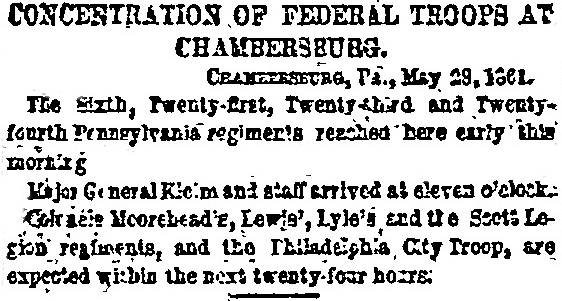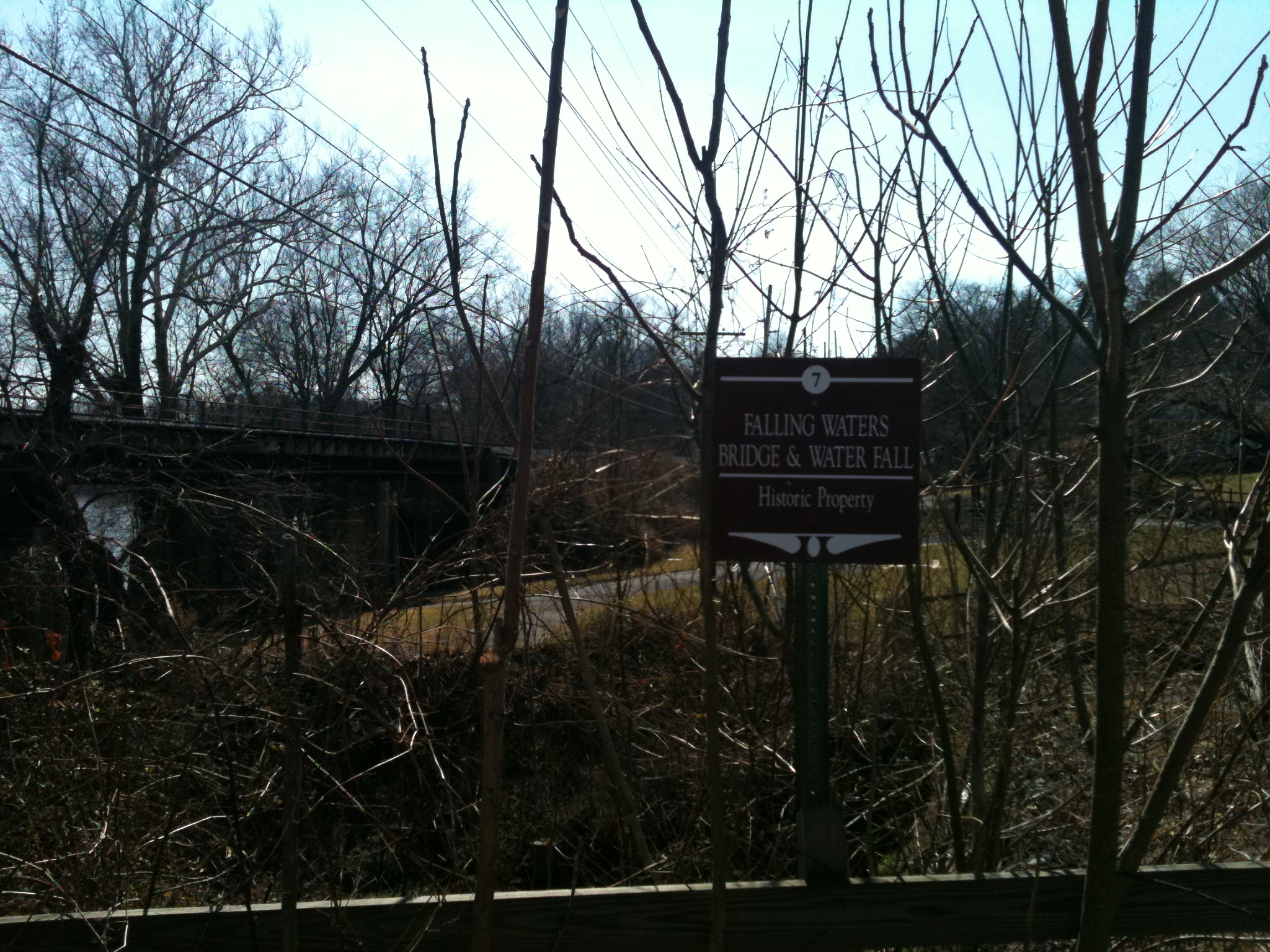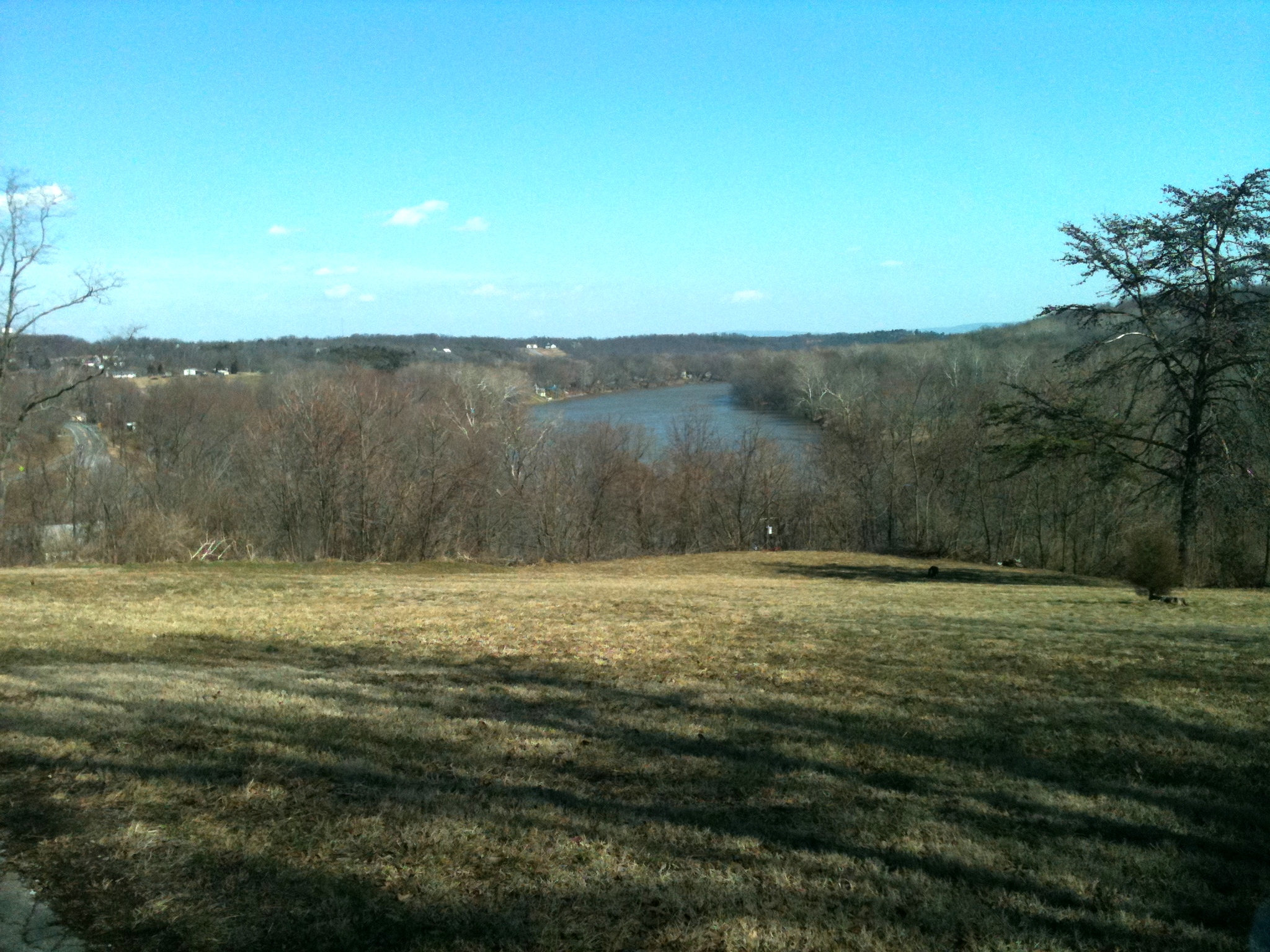The Enlistment of the 23rd Pennsylvania
"April 21st 1861"
The Civil War began with the firing on Fort Sumner by the Confederate States on April 9th 1861. Immediately President Abraham Lincoln called for 75,000 Volunteers to put down the rebellion. Colonel Charles P. Dare of Philadelphia, a successful businessman, offered his services to the state of Pennsylvania to begin to recruit a regiment of men. Recruiting began at the Schuylkill Arsenal on the corner of Sixteenth and Filbert, streets, on April 18th, 1861 and just three days later, the men left for active service, having been mustered into the service of the United States on Sunday, April 21st, by Major Ruff, of the U. S. A., as the Twenty-third regiment Pennsylvania Volunteers. Represented in this group of men were 96 different Fire Departments from Philadelphia. At that time which were all Volunteer Fireman. The officers were all active in the recruiting, and received important aid, bolt material, and support from local citizens.

Early Recruiting Poster for J. Reenside White's Company F from Germantown,PA -- April 1861
The organization of the regiment was substantially secured, the officers serving under their pre war militia commissions. Colonel Charles P. Dare, Lieutenant Colonel David Bell Birney, and Adjutant Casper S. Gillingham remained in the positions which they had for several years held. George C. Spear was elected Major on April 16th 1861, from Captain of Company A, "The Continental Guards".
Operations in Cecil County Maryland
"April 22nd-May 28th 1861"
The officers were all well trained in the school of the soldier, and were able to train the men likewise in a quick manner, and to teach them skill in the Manuel of arms, marching and basic movement. The 23rd PA on the evening of April 21st, to Perryville, MD on the Philadelphia, Wilmington, and Baltimore railroad, where Colonel Dare was placed in command of the regiment and put four of his companies at Perryville, two of them at Havre-de-Grace, two of them at Elkton, one at Bush river, and one at Gunpowder river, with guards posted along the road. This was the first movement of the 23rd PA, difficult for a lot of the men who had never been so far from home!

First Position of the 23rd Pennsylvania -- April 22nd to May 18th 1861 -- Under Command of Col. Charles P. Dare
Click to Enlarge
The post and troops at Elkton were under the command of Major Tecumseh Sherman who would later become famous for his march through Georgia in 1864. He was ordered to report to Colonel Charles P. Dare for instruction. Under the orders of Charles P. Dare, a fleet of transports and gunners, along with a marine battery, stationed on the wharves, and served by U. S. seamen. These were under the immediate command of Lieutenants Steadman and Watmough, of The United States Navy.
On the 28th of May,1861, the regiment was relieved by Colonel Jarrett, and The 11th Pennsylvania Infantry, and moved to Chambersburg,PA by Train, where it was assigned to the 1st Brigade,1 1st Division of Patterson's Army.
In Chambersburg,PA; Greencastle,PA; and Williamsport,MD
"May 29th-June 16th 1861"

They arrived in Chambersburg in the morning on the Rail line near the town square. Today it is second street. From there the soldiers marched over to the town square and headed south toward Greencastle and Williamsport on what today is Route 11.

1860's Original Train Station in Chambersburg ,PA. This was the Station the 23rd Pennsylvania arrive into Chambersburg on May 28th.Photos and research by Frank P. Marrone Jr and Colleen Miller , August 16-20th 2012.
Click to Enlarge
Chambersburg would come into play several more times during the war when it would host the Confederate Army on their way to Gettysburg and in 1864 when it was burned by the Confederates. At Chambersburg, the Adjutant of the regiment, Charles Gillingham, was ordered to the staff of Colonel Thomas, as Acting Assistant Adjutant General, and so continued to the close of its term of service.

Valley Turnpike in Williamsport. The 23rd PA headed south down this road toward Falling Waters.
Click to Enlarge
From Chambersburg Pennsylvania, the Brigade marched to Greencastle, PA, where it set up a bivowac, in which it stayed for one week and then they moved to Williamsport. The Confederate Army was in Harper's Ferry, under command of General Joseph E. Johnston, waiting for the Army of the Potomac to invade the South. When he (Johnston) seen that General Patterson's army, which had been re-organized at Chambersburg, was about to cross the Potomac River, he left his position and moved his men a few miles north to Bunker Hill.
Scoping out the Enemy in Virginia
"June 17th-July 1st 1861"
On the 17th of June, Colonel Thomas' Brigade crossed the Potomac river, and moved cautiously to Falling Waters Virginia in pursuit of the Confederate Army, Cadwalader's Division being ordered to follow Colonel Thomas and his brigade. Then they seen that the Confederate buildup had begun and that they were not yet ready for an engagement, they were ordered to retreat. At daylight the retreat ended, with a large body of Confederate Cavalry on the flanks and rear, but the Brigade was able to re-cross the Potomac River without an fight, which bought them time to build their forces, condense it and further train the men Soon however there was a small skirmish at Falling Waters in which this was the command:
The Battle of Falling Waters
"July 2nd 1861"

Map of 23rd Pennsylvania volunteers Position, superimposed over modern Road Map.
Click to Enlarge
Under Union Command of General Robert Patterson and Regimental Command of Col. Charles P. Dare, the 23rd Pennsylvania Volunteers finally "seen the elephant" and got thier first taste of Battle on July 2nd 1861. Though in terms of Battles is was small, it did however turn the men from Citizens to Soldiers and put thier drilling they recieved at Camp Reilly in Havre De Grace to the Test. They recieved orders to catch a Division of General Joseph E. Johnston's troops and prevent them from reaching and connecting with the Confederate Army which began massing at a Railroad Depot outside of Mannassas Virginia not far from Washington D.C.


The Waterfalls in Falling Waters where the town got it's name and the Potomac river which the falls empty into. This is where the 23rd PA crossed the ford into Virginia.
Click to Enlarge
Coloniel Thomas J. Jackson, who in a few months would be called "Stonewall" Jackson and proven one of the best leaders of the Confederate Army, was camped just noth of Martinsburg Virginia. He learned from his Calvary under J.E.B. stuart that the Union army had crossed the Potomac at a Ford at Williamsport, MD and was now located at a small Waterfall in Falling waters,Virginia. He sent troops of the 5th Virginia (385 men) and One artillery piece North along the Valley turnpike (Modern Route 11) to meet them.


Looking south from the falls along the bank of the River on the tracks.
Click to Enlarge
The 23rd Pennsylvania, who after delaying and Countermarching had crossed over the Potomac River on May 24th but had recieved and order from General Patterson to Fall back since some of Patterson's Troops were being sent back toward Washington to deal with the troops massing at Mannassas Junction. finally on July 2nd the 23rd Pennsylvania recrossed the Potomac and came to the town of Falling Waters. as they advanced Southward just east of the Valley Turnpike (Modern Route 11) along the banks of the Potomac, they were met with enemy fire at the head of the rebel column who were in a wheatfield. The 23rd was in Support of "Perkin's Battery" and advanced south pushing the 5th Virgina south about one mile near the William Rush Porterfield Farm. The virginians fought a delaying action as the Union Troops brought up four artillery pieces and began to surround the Rebels.


The area about One Mile South of the Falls and Along the Potomac, where the 23rd Pennsylvania was engaged.
Outnumbered and outgunned the Rebels fled south about a mile only being saved by J.E.B. Stuart who caught and captured 49 Union soldiers of the 15th PA just to the west of the Valley turnpike, who he caught at "Stumpy Hollow", preventing the Union Troops from surrounding and bagging the entire force.
Though tactically this Battle was a Union victory, it did have repercussions since the fleeing troops eventually were able to meet up with Rebel forces in Mannassas and take part in the Rebel Victory there three weeks later.
The Battle of Falling Waters
Commanders
Union Forces
MAJOR GENERAL
ROBERT PATTERSON
6th
Brigade, 2nd Division - Colonel Aberchrombie
1st Wisconsin Infantry Regiment
--- Colonel J. C. Starkweather
11th Pennsylvania
Infantry Regiment --- Colonel P. Jarrett
1 Section of Artillery --- Captain Hudson
1st Troop, Philadelphia
City Cavalry --- Captain James
1st
Brigade, 1st Division - Colonel George H. Thomas
6th Pennsylvania
Infantry Regiment --- Colonel Nagle
21st Pennsylvania
Infantry Regiment --- Colonel Ballier
23rd Pennsylvania
Infantry Regiment --- Colonel Dare
1 Cavalry Company --- Captain Whiting
1 Cavalry Company --- Captain Royall
Company F, 4th U.S.
Artillery --- Lieutenant D. D. Perkins
Confederate Forces
COLONEL THOMAS
JONATHAN JACKSON
Harper's Regiment --- Colonel Harper
Allen's Regiment --- Colonel Allen
Prestonís Regiment --- Colonel Preston
Stuart's Cavalry --- Colonel James Ewell Brown
"Jeb" Stuart
Pendleton's Artillery Battery ---
Captain William Nelson Pendleton
After Falling Waters to Muster out
"July 2nd 1861- July 31st 1861"
On July 3rd the 23rd Pennsylvania, along with the Brigade advanced southward to Martinsburg. Four Companies under Major George C. Spear were detailed for Provost Duty. On July 4th the Troops celebrated the Nations Birthday with a firing salute by Perkins Battery and the Band playing national airs in Honor of the Nations 85th Birthday. From there they moved to Bunker Hill and on several occasions the 23rd Pennsylvania was sent with support of calvary on reconnoissance.
On July 17th the 23rd Marched eastward with the column to Charlestown Virginia with a detail from the 23rd Pennsylvania Patrolling the town. It was here just two years earlier that Abolitionist John Brown was tried and Hung. With its term of enlistment about to expire the Regiment was ordered by Rail to Philadelphia where it arrived on July 24th. The discipline and soldierly conduct of the regiment throughout its entire term was excellent, receiving the commendation of the commanding General. The 23rd Pennsylvania Regiment, Three Month Volunteers were mustered out of Service on July 31st 1861. About half of the regiment, re-enlisted for three years, and was permitted to retain its old number, the Twenty-third Pennsylvania volunteers. When coloniel Dare Returned home to Philadelphia, he was feeling ill from something he had contracted out on Campaign, most likely which started at Camp Reilly in Havre De Grace and got worse at The Battle of Falling Waters. It was diagnosed as Tuboculosis back in Philadelphia. Because of this, he was unable to return to the Regiment and selected Lt. col. David Bell Birney to take his place. Birney would keep the Regimental name and uniform and nickname the regiment as a Zouave Regiment. Col. Charles P. Dare would suffer for two years and die on October 25th 1863.
Losses
4 Enlisted men wounded



